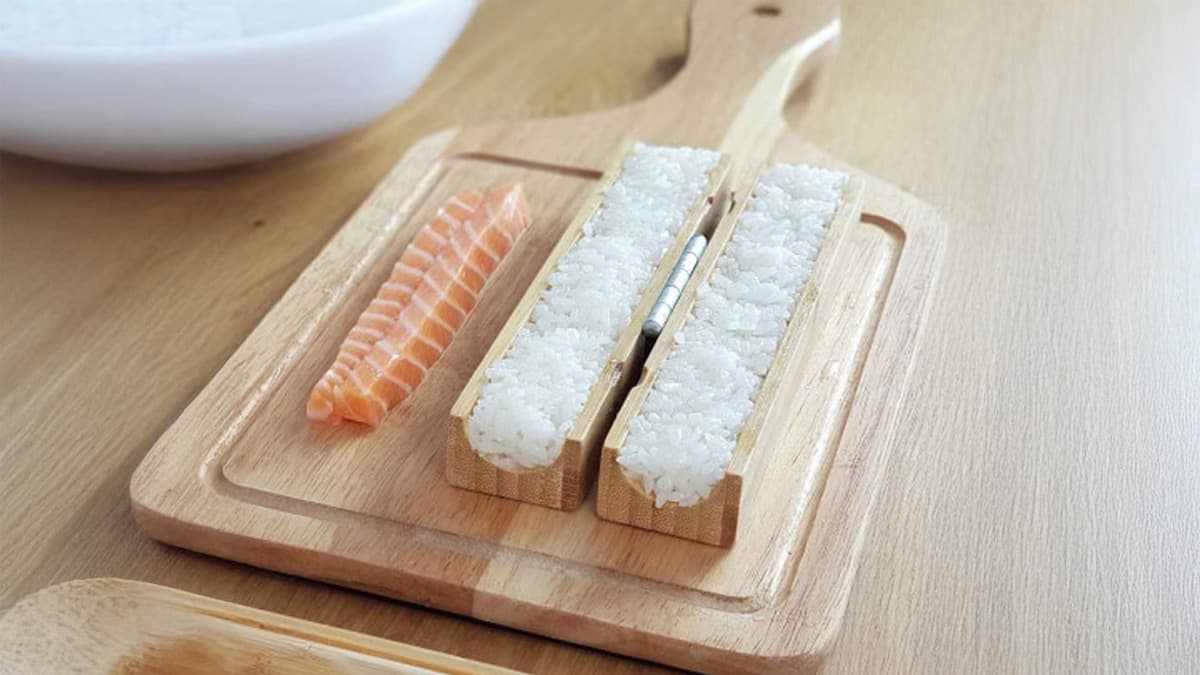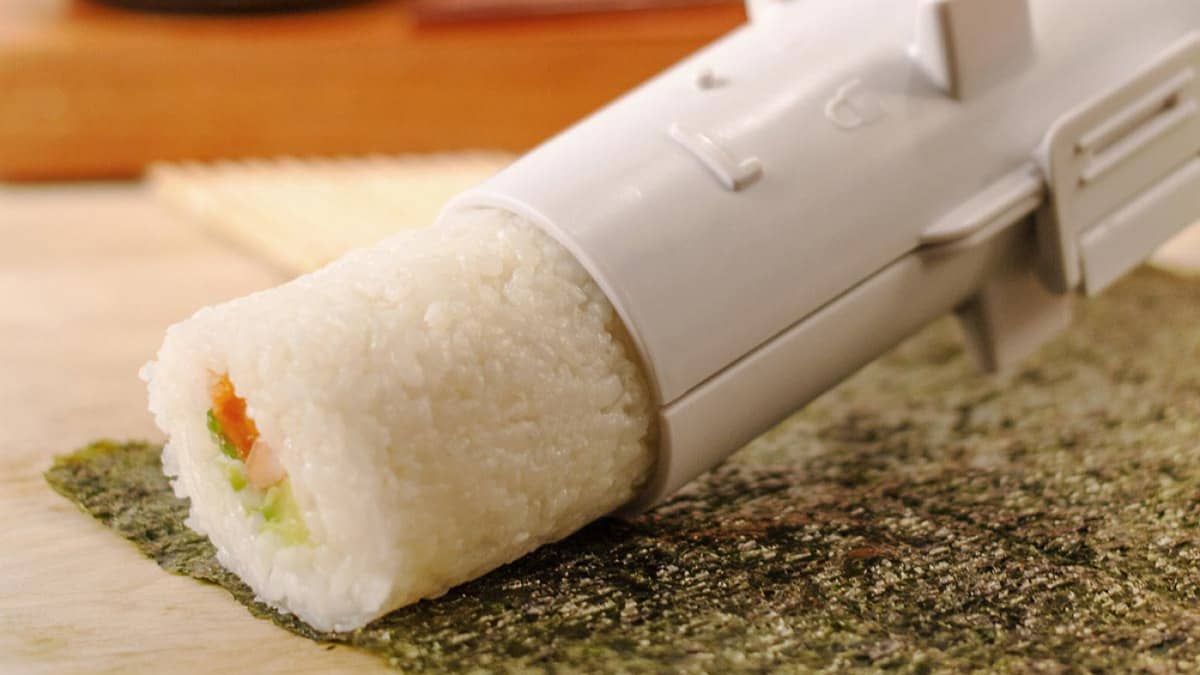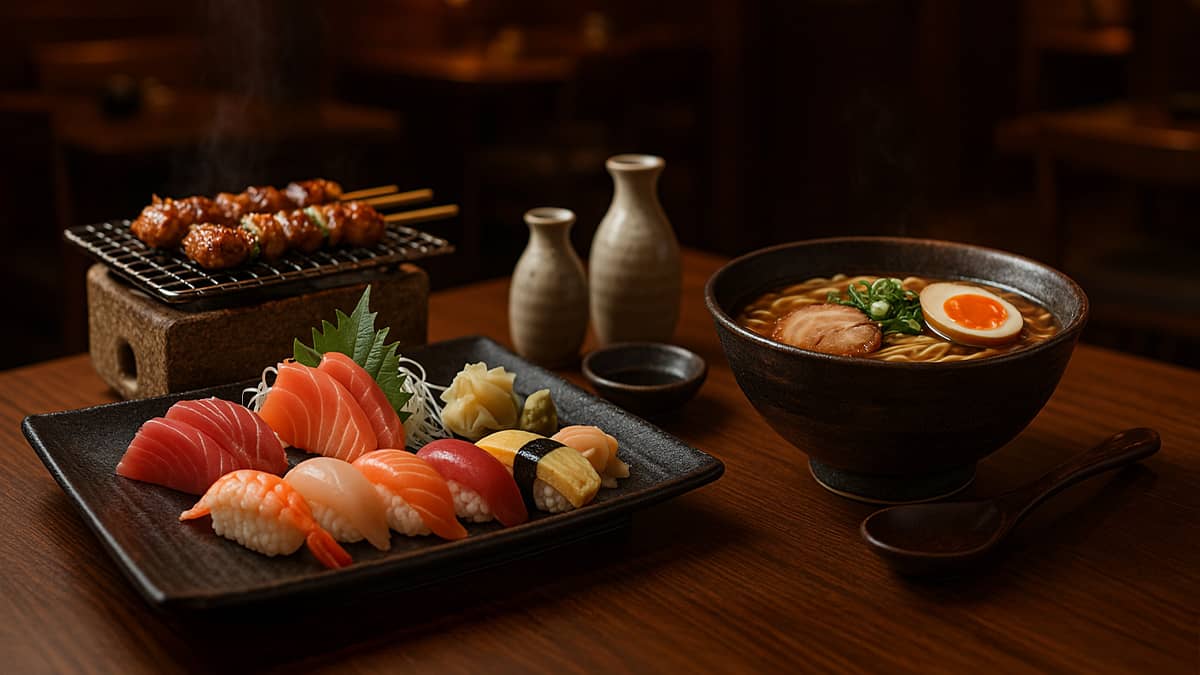The different types of sushi and their history
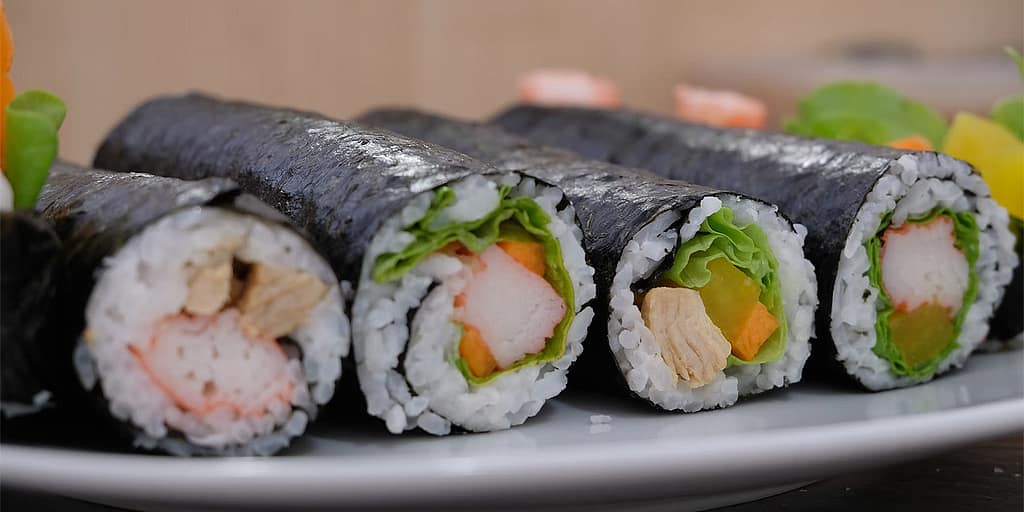
Sushi is a japanese traditional dish which has become popular all over the world. It usually consists of vinegared rice accompanied by raw fish, vegetables or other ingredients. There are many types of sushi, each with their own unique history and characteristics.
1 – History of Maki

Makis are arguably the best known and most popular types of sushi. They usually consist of vinegared rice, raw fish or vegetables, wrapped in a sheet of nori seaweed. Makis are often cut into small pieces for easier handling, making them easy to eat away from home.
The history of maki goes back to the beginning of the 20th century, when Japanese restaurateurs began serving them as take-out food for workers and travelers. Before that, sushi was mainly consumed in restaurants and it was often considered a luxury dish. Makis have made sushi more accessible by making it more convenient to eat and more affordable.
There are many types of maki, each with their own ingredients and variations. Traditional makis include seaweed, green onion and egg maki, cucumber and egg maki, and seaweed and raw fish maki. There are also more modern makis, such as avocado and shrimp makis, salmon and cream cheese makis, and vegetarian makis.
In addition to their ingredients, makis can also vary in size and shape. Traditional makis are usually small in size, but there are also larger makis, such as futomaki, which are thicker and fuller, and hosomaki, which are thinner and smaller.
2 – History of Nigiri
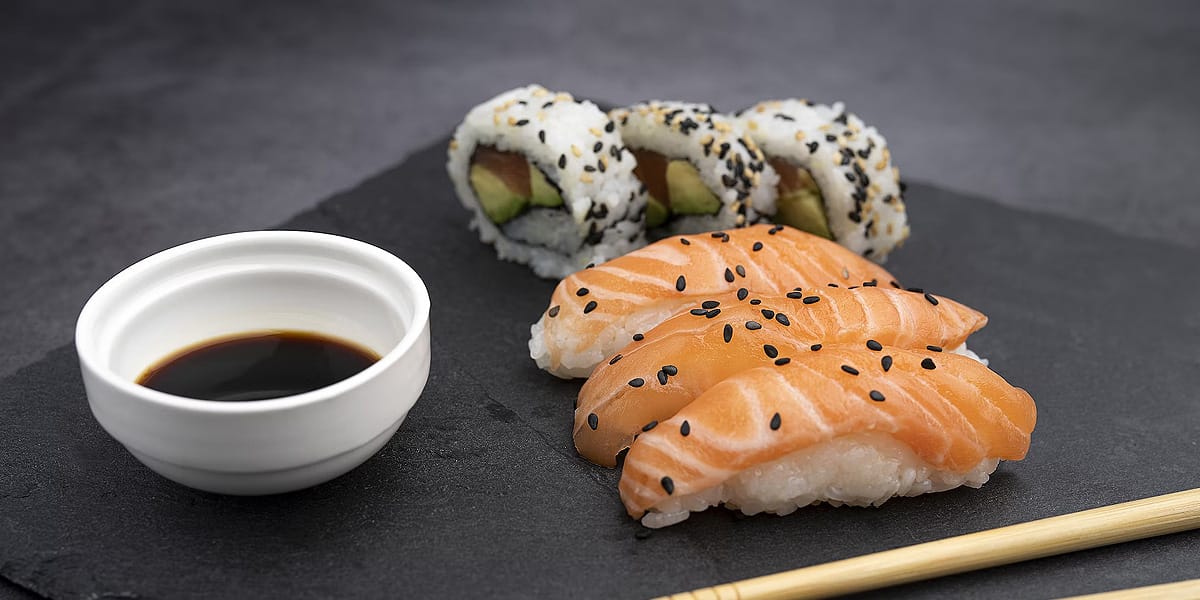
Nigiri are another popular type of sushi, they usually consist of vinegared rice and a slice of raw fish or vegetables on top. The fish used for nigiri is usually raw, but it can also be marinated, grilled or smoked. Nigiri are often served with a little wasabi and grated ginger to add flavor.
Unlike makis, nigiri have a history dating back to the Edo period (1603-1868) in Japan, where they were served as a main dish in sushi restaurants. Port workers, such as fishermen, traders, and sailors, often consumed nigiri as a snack because they were easy to eat and convenient for a lunch break. Nigiri were often served on wooden boxes, called “ozen” which were carried by workers for their lunch break.
There are many types of nigiri, each with their own ingredients and variations. Traditional nigiri include tuna, salmon, ebi (shrimp), and tamago (egg) nigiri. There are also more modern nigiri, such as foie gras, truffle and seafood nigiri.
Nigiris are often considered a type of sushi more authentic and traditional, as they have a long history in connection with Japanese culture. They are also often considered more upmarket than makis, as they are usually served in small quantities and are often more expensive.
3 – History of Sashimi
Sashimi are slices of raw fish, usually served with grated ginger and wasabi. Sashimi is often considered the simplest dish in Japanese cuisine, as it only contains one basic ingredient: raw fish. Sashimi is usually served in small portions, often with a plate of rice alongside.
Sashimi has a history dating back to around the same time as nigiri, it was served as a main dish in sushi restaurants. Sashimi was often eaten by samurai and members of the nobility, who appreciated them for their freshness and simplicity.
There are many types of fish that can be used for sashimi, each with their own flavors and textures. The most common fish used for sashimi include tuna, salmon, groupers, sea bass and sea bream. There are also rarer sashimi, such as puffer fish, sea bass and bluefin tuna sashimi.
Sashimi must be carefully prepared to guarantee the freshness and quality of the fish. Fish used for sashimi must be of the highest quality and must be caught or purchased the same day to ensure freshness. Sashimi should also be cut in a way that maximizes its texture and flavor.
4 – History of the Tekami
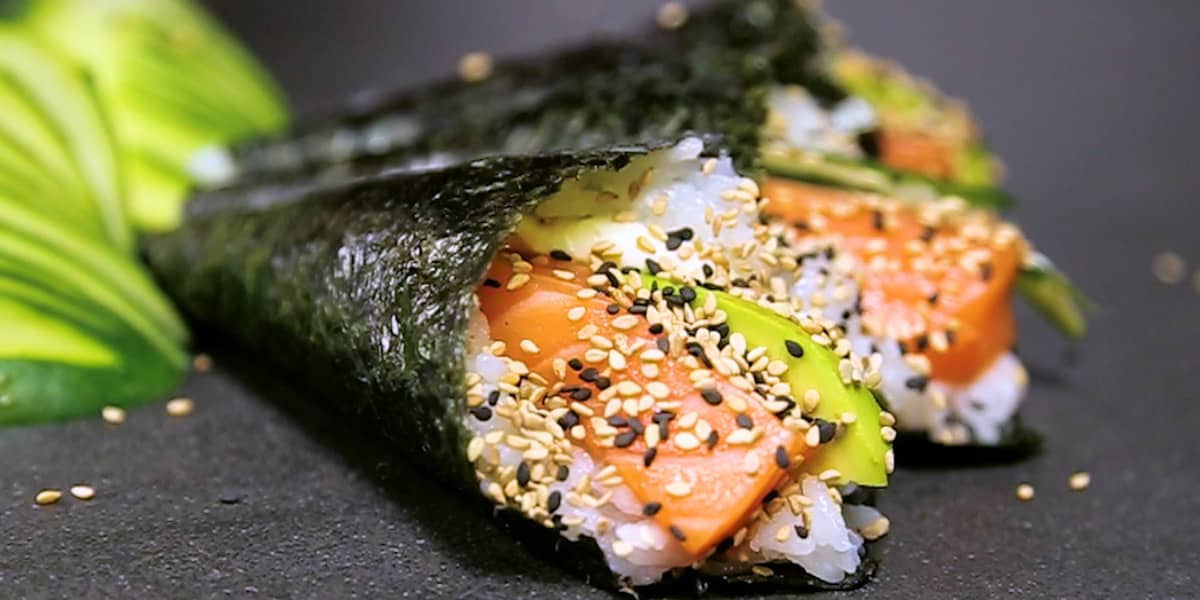
Temaki are a type of cone shaped sushi, filled with vinegared rice, raw fish, vegetables and other ingredients, rolled in a sheet of nori seaweed. They are often considered a newer type of sushi because they were created to be easier to eat with your hands, unlike maki which are cut into pieces.
Temakis can be filled with different ingredients, such as raw fish, vegetables, eggs, shrimps, avocados and seaweed. They can also be served with sauces to add flavor, such as soy sauce, mayonnaise, or hot sauce.
Temaki are often considered as a more playful and informal dish than other types of sushi because they can be made quickly and easily at home. They are often served at gatherings and parties, where guests can prepare them themselves using different ingredients.
5 – History of Chirashi
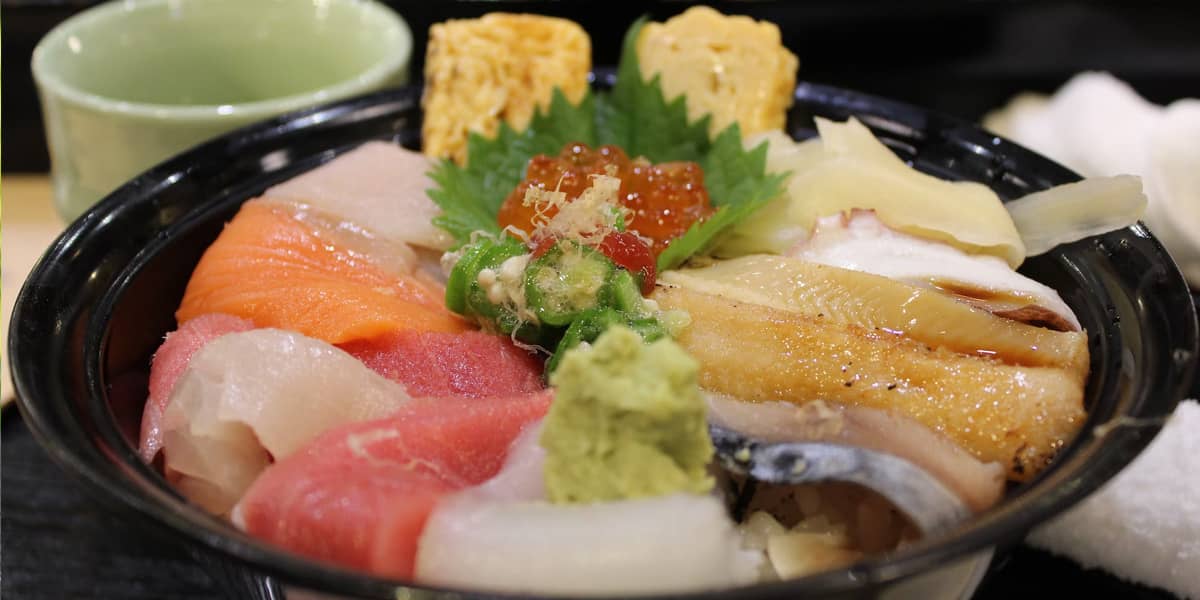
Chirashis are a type of sushi that usually consists of a bed of vinegared rice on which are arranged pieces of raw fish, vegetables, eggs and other ingredients. The name “chirashi” means “spread” or “scattered” in Japanese, referring to the way the ingredients are arranged on the rice.
Chirashis were used to celebrate special occasions such as festivals, or for festive meals such as the Japanese New Year. They are often prepared in a bowl or dish, and can be colorfully and attractively decorated.
There are many types of chirashi, each with their own ingredients and variations. Traditional chirashis include seaweed and egg chirashis, vegetable and raw fish chirashis, and seafood chirashis. There are also more modern chirashis, such as salmon and avocado chirashis, vegetarian chirashis, and even chirashi with fusion ingredients such as chicken or berry chirashi.
Ingredients used for chirashi must be fresh and of quality for guarantee the best taste and the best presentation. The rice used for chirashi must be steamed and cooled before mixing with the ingredients.
In conclusion, Japanese gastronomy is rich into different types of sushi, each with their own story, ingredients and presentation. Makis, nigiri, sashimi, temaki, and chirashis are examples of popular types of sushi that have evolved over the years to become dishes enjoyed around the world. The makis are rolls of vinegared rice, raw fish or vegetables, rolled up in a sheet of nori seaweed, they are often cut into small pieces for a better grip. Nigiri are slices of raw fish or vegetables placed on vinegar rice. Sashimi are slices of raw fish, usually accompanied by grated ginger and wasabi. Temaki are cone-shaped rolls filled with vinegared rice, raw fish, vegetables and other ingredients, rolled in a sheet of nori seaweed. Chirashis are a type of sushi that usually consists of a bed of vinegared rice on which are arranged pieces of raw fish, vegetables, eggs and other ingredients.
All of these types of sushi have a unique and interesting history, and they are all a testament to the rich and diverse Japanese cuisine. Each of these types of sushi can be eaten alone or combined for create unique culinary experiences. If you have the opportunity to taste these different types of sushi, do not hesitate to explore the different flavors and textures that characterize them.

